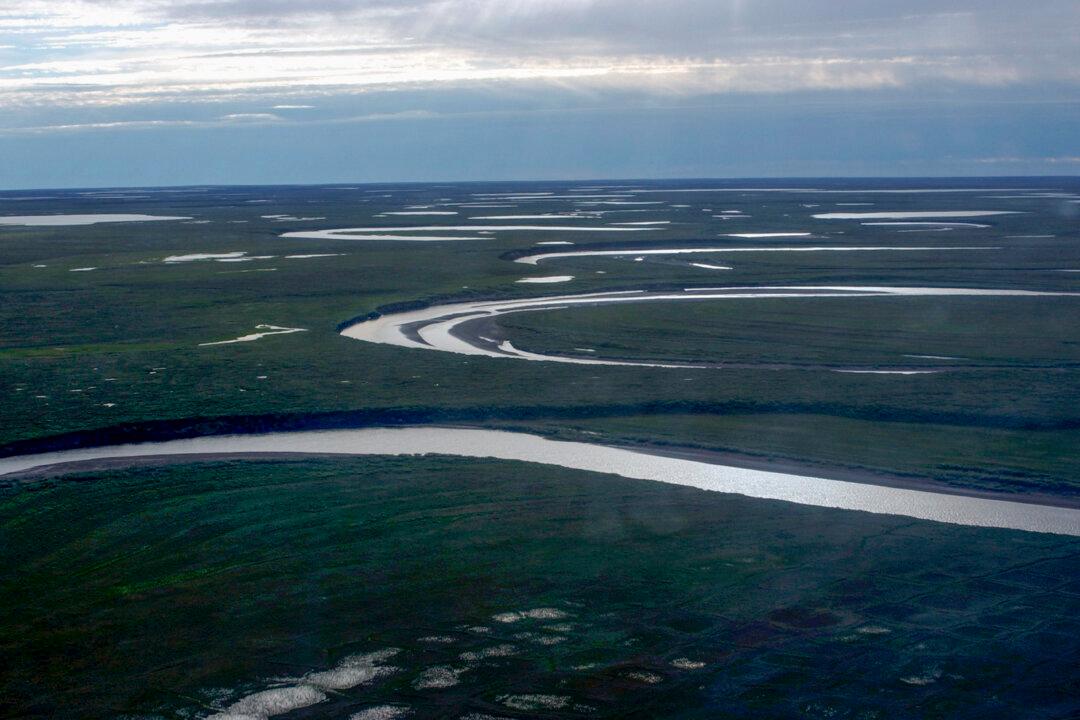The move would eliminate restrictions covering roughly 13 million acres and restore a previous regulatory framework that governed leasing before the rule took effect in 2024.
“The 2024 rule ignored that mandate, prioritizing obstruction over production and undermining our ability to harness domestic resources at a time when American energy independence has never been more critical. We’re restoring the balance and putting our energy future back on track.”
The rule immediately drew legal challenges from the state of Alaska, ConocoPhillips, and other leaseholders, who argued that it unlawfully curtailed development and exceeded the agency’s statutory authority.
“The rule effectively precludes approval of any new oil exploration and production activities and sets aside over half of the Petroleum Reserve as de facto off limits for resource production,” the state wrote in its lawsuit last year.
In the June 2 announcement, Interior officials said their review found that the rule conflicted with the Naval Petroleum Reserves Production Act of 1976. That law directs the government to pursue an “expeditious program of competitive leasing” while balancing environmental safeguards.
“Today’s decision by Judge Gleason proves that federal agencies with a political agenda to shut down Alaska and keep Alaskans from good-paying jobs must still follow the laws set by Congress,” Alaska Industrial Development and Export Authority Executive Director Randy Ruaro said after the March ruling by Judge Sharon Gleason of the U.S. District Court for the District of Alaska.
Interior Secretary Burgum, who also chairs the National Energy Dominance Council, has since ordered agencies to prioritize energy development across federal lands.
“I’m thankful we have an administration in the White House that recognizes Alaska’s unique value,” Dunleavy said in a post on social media ahead of the trip.
The National Petroleum Reserve was created in 1923 and transferred to the Department of the Interior in 1976. It spans 23 million acres on Alaska’s North Slope and was originally established as a fuel source for the U.S. Navy. Officials said current development will continue to be governed by earlier regulations that included protections through the Integrated Activity Plan process.
In another post on June 2, the group quoted its senior policy director, Andy Moderow, who stated, “We should be looking at climate solutions that work for Alaskans, not trying to open up places that industry is taking a pass on.”







